Walkabout: Brooklyn’s Small Parks: St. John’s Park
I’ve been featuring some of Brooklyn’s smaller parks, all of which, so far, have been in Central Brooklyn, a part of Brooklyn unknown to many readers. This one is too, but is very different from the other three parks. Unlike Brower Park, Von King Park, or Saratoga Park, St. John’s Park, and the recreation center…

I’ve been featuring some of Brooklyn’s smaller parks, all of which, so far, have been in Central Brooklyn, a part of Brooklyn unknown to many readers. This one is too, but is very different from the other three parks. Unlike Brower Park, Von King Park, or Saratoga Park, St. John’s Park, and the recreation center that is its centerpiece, is not a leafy green Victorian-era promenade, but the result of 20th century urban planning for disadvantaged communities. It is also the first of our parks mentioned to be a product of the master planner, former Parks Commissioner Robert Moses. The park had its origins not in the street by that same name, a local street that does not touch this park, but in another place where children once played: the St. John’s Orphan Asylum for Boys.
St. John’s Orphan Asylum for Boys once occupied the land bordered by Albany and Troy avenues from St. Marks Avenue to Prospect Place, and they also owned the next block as well, between Prospect and Park places, which they used as playing fields. The asylum was founded in 1868 to shelter some of the thousands of boys, all of Irish descent, who were orphaned, or whose parents were so impoverished that they couldn’t take care of them or were incarcerated for various offences.
The institution was run by the Catholic Church through the Sisters of St. Joseph. By the late 1880s, they had over 600 boys living there, in a huge complex consisting of a chapel, dorms, infirmary, and kitchen and laundry facilities. In 1884, one of Brooklyn’s largest and most tragic fires took place here, killing at least 21 children and five adults. For more on the story of this institution and the fire, please see “The Lost Boys of St. John’s.”
St. John’s was in operation until 1948, when it relocated to Long Island, where it is still in existence, no longer an orphanage but still helping disadvantaged kids. The city bought the land, tore down the orphanage complex and built the Albany Houses, a NYCHA housing project. The first of the Albany Houses was opened in 1950. That same year, the city bought the land behind the Albany Houses, intending to build a park from Troy to Schenectady avenues, between Bergen and Prospect. St. Marks Avenue was eliminated on this block, giving the park a two-block footprint. All of the row houses and small apartment buildings on these blocks were seized in eminent domain and destroyed, and the residents displaced. Many moved into the new Albany Houses.
Robert Moses was in his recreational-center creation mode at the Parks Department. He told critics that he viewed these centers as a way to provide disadvantaged children with positive outlets. He had opened the first of these recreational centers in 1951: the St. Mary’s Recreational Center in the Bronx, which was a complete success. In 1953, when the Board of Estimate was giving him a hard time in approving the funding for St. John’s, he said that these centers were “the only practical way of affording healthy exercise for all age groups and of combating what is miscalled juvenile delinquency….”
That city budget in 1953 was the highest budget in the city’s history, to date, and Moses wanted an additional $1.5 million to finish the center, which was then considered to be in Bedford Stuyvesant. It was an uphill fight, but Moses usually got what he wanted, and the budget was eventually passed. Just incidentally, that year they also passed funding for the new Second Avenue subway construction. Talk about an eternal project.
The new recreational center project was the main event of the St. John’s Park project, but first things first. By 1953, Moses had completed the first phase of the project, which was the construction of the outdoor part of the park; which included three softball fields and a comfort station. By 1955, basketball and handball courts had been added. All were meant to serve the Albany Houses as well as the surrounding community.
The recreational center was finished in 1956, only the third such indoor center in the entire city. The building opened with a gymnasium, exercise rooms, boxing facilities and a 42-by-75-foot swimming pool. Moses was an excellent and avid swimmer, and pools were very important for him. We can be very thankful for that, as New York has some great public pools, mostly due to him. Moses believed that urban planning could improve social conditions, a rather ironic view considering he displaced so many people in the process, but that is one reason why he remains one of the most fascinating men in the city’s history.
At any rate, the recreation center opened with great ceremony in 1956, at which time Moses said, “The opening of this building will enable the Department of Parks to establish a well-rounded recreation program in the heavily populated Bedford-Stuyvesant section of Brooklyn where such a program is urgently needed.” He was certainly right about that, as the center proved to be immensely popular and well used over the years.
Even when central Brooklyn’s fortunes waned, as did the city’s commitment to its Parks Department, the center still continued to be used, even as conditions in the facility were failing and run down. Finally, in 1987, the city spent $350,000 to rehab the facility, culminating in more than 70 Parks Dept. employees spending a combined 1,500 hours waxing floors and cleaning tiles. Never a beautiful building, to say the least, on this one, it’s what’s inside that counts.
Today, the St. John’s Recreation Center is one of Crown Heights’ little secrets, although word is getting out. Membership is open to all, no residency requirements, and for adults, is only $150 a year, which gives you access to all facilities, including the pool, exercise room and fitness equipment, track, gyms and courts, computer room, locker room facilities, game room and other amenities. They teach tennis to the kids, have tai chi classes, and exercise programs for seniors. There are even art and theater classes for children. Extra fees are charged for some classes. There are reduced rates for seniors, and children under 18 are free. See the website for scheduling and more information. It’s a wonderful community resource. Thanks to reader brooklynishome for suggesting this park. GMAP

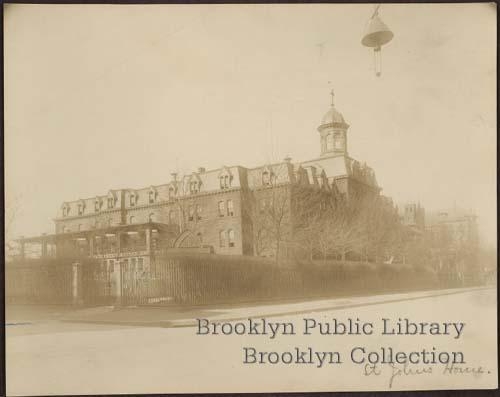

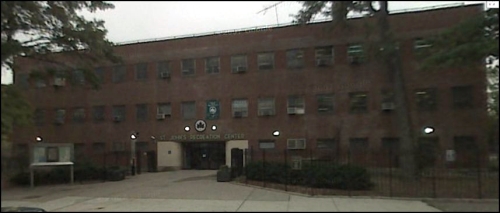
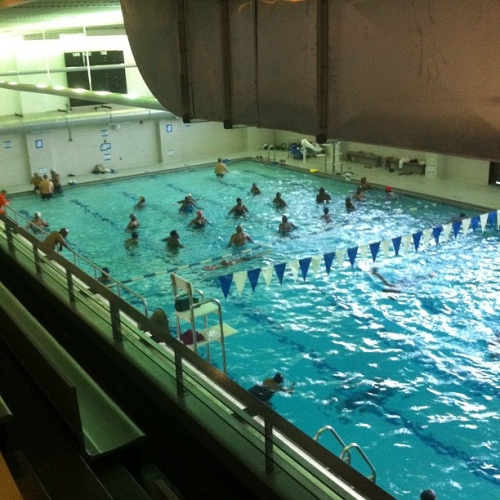
Related Stories
Walkabout: Brooklyn’s Small Parks: Saratoga Park
Walkabout: Brooklyn’s Small Parks: Tompkins Park, Pt 1
Walkabout: Brooklyn’s Small Parks: Tompkins Park, Pt 2
Walkabout: Brooklyn’s Small Parks: Brower Park, Pt 1
Walkabout: Brooklyn’s Small Parks: Brower Park, Pt 2

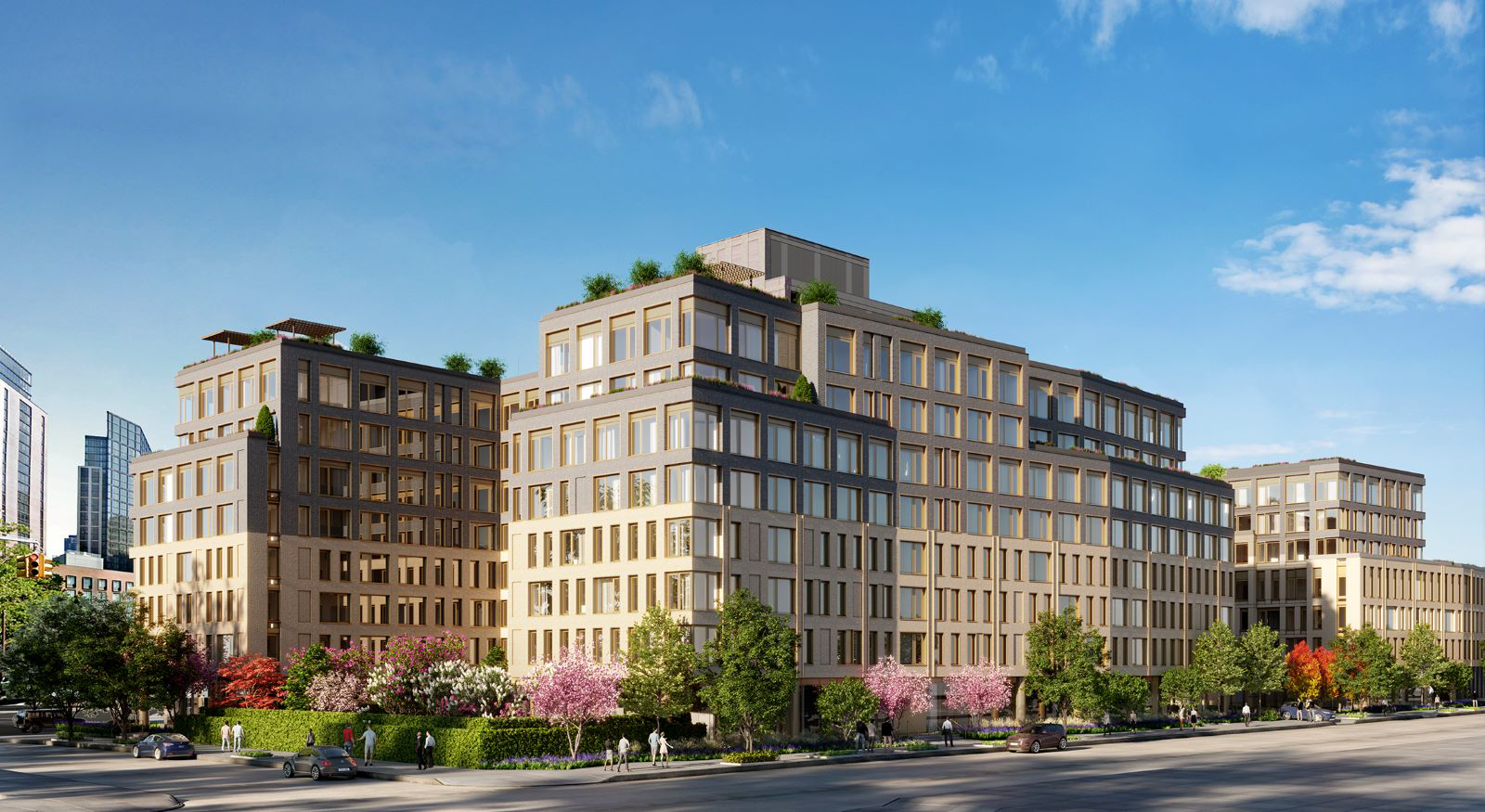
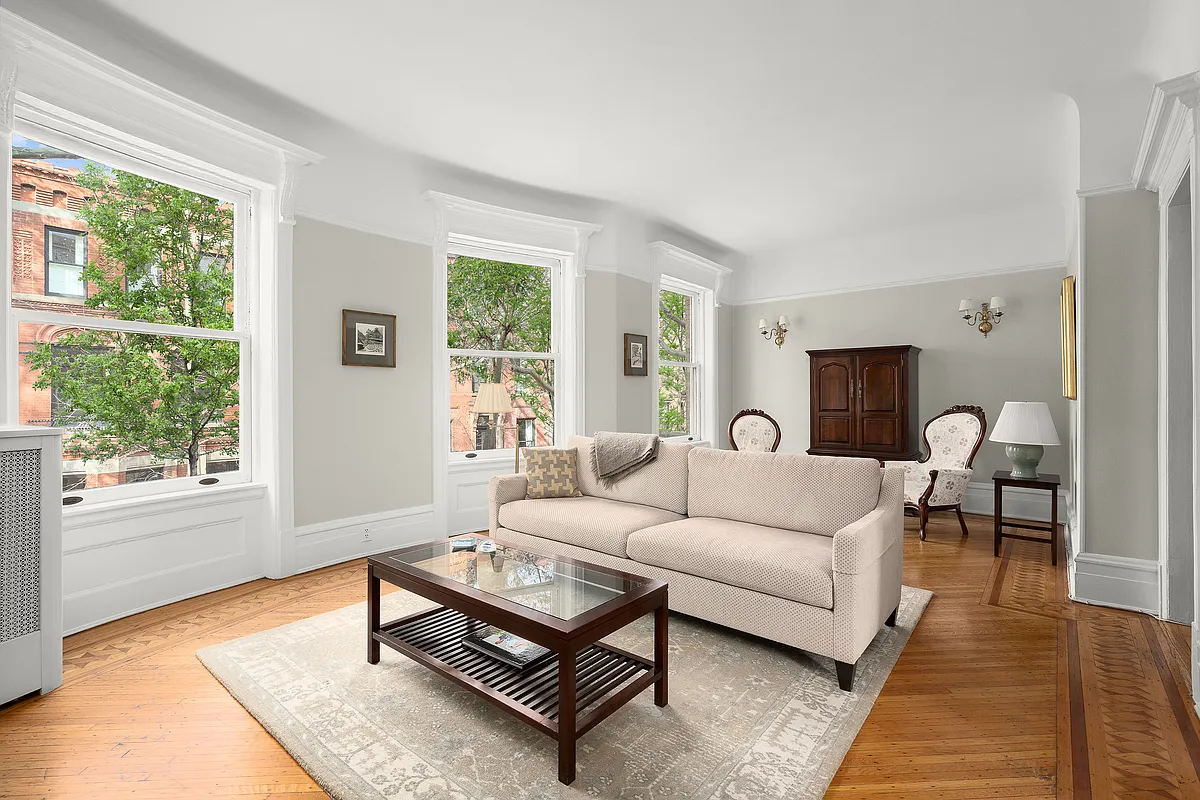
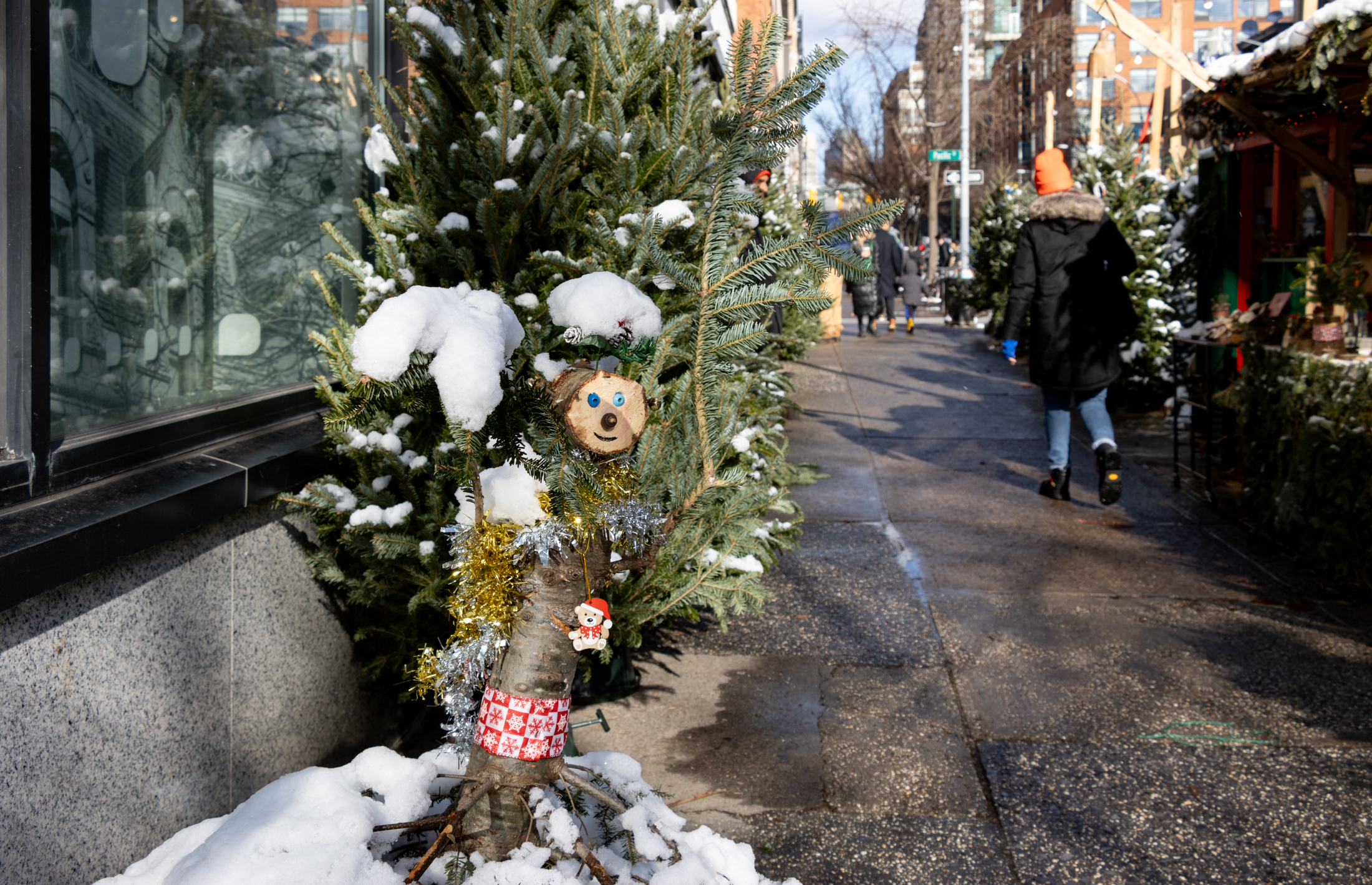
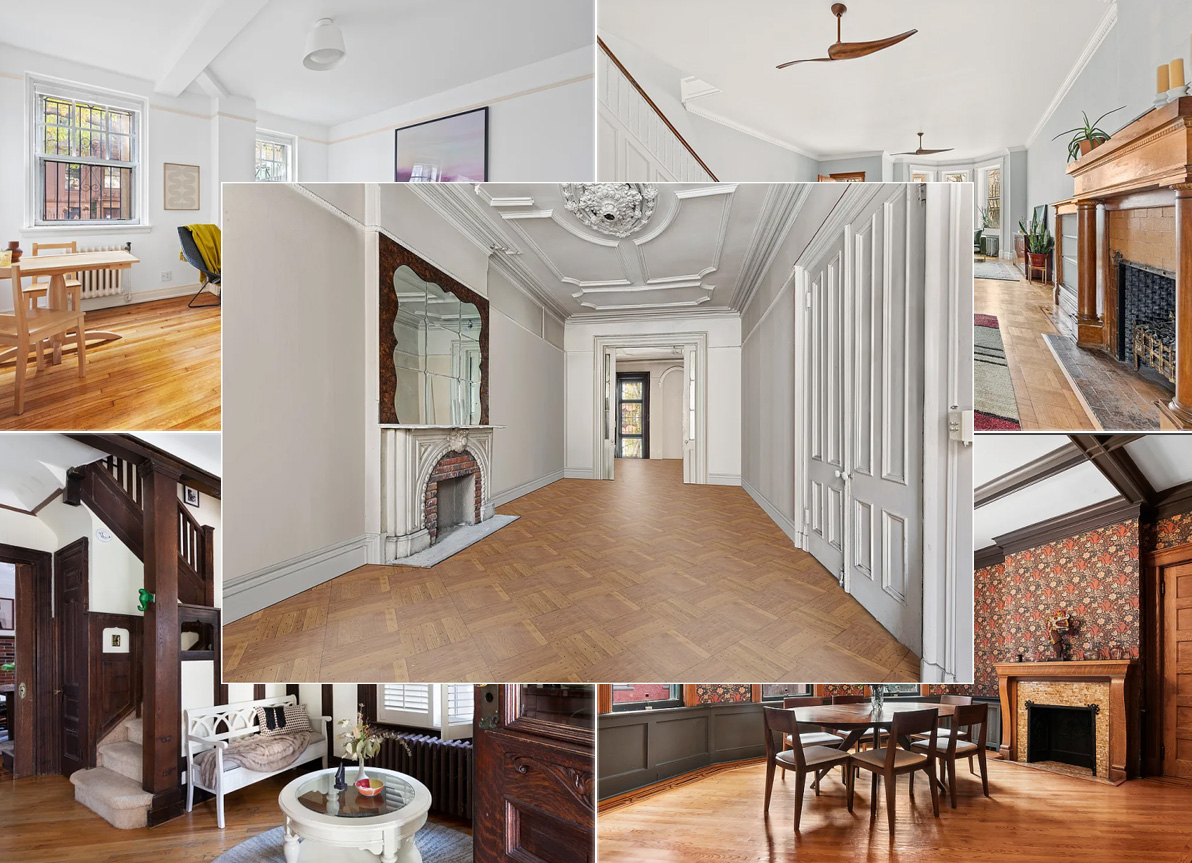




What's Your Take? Leave a Comment